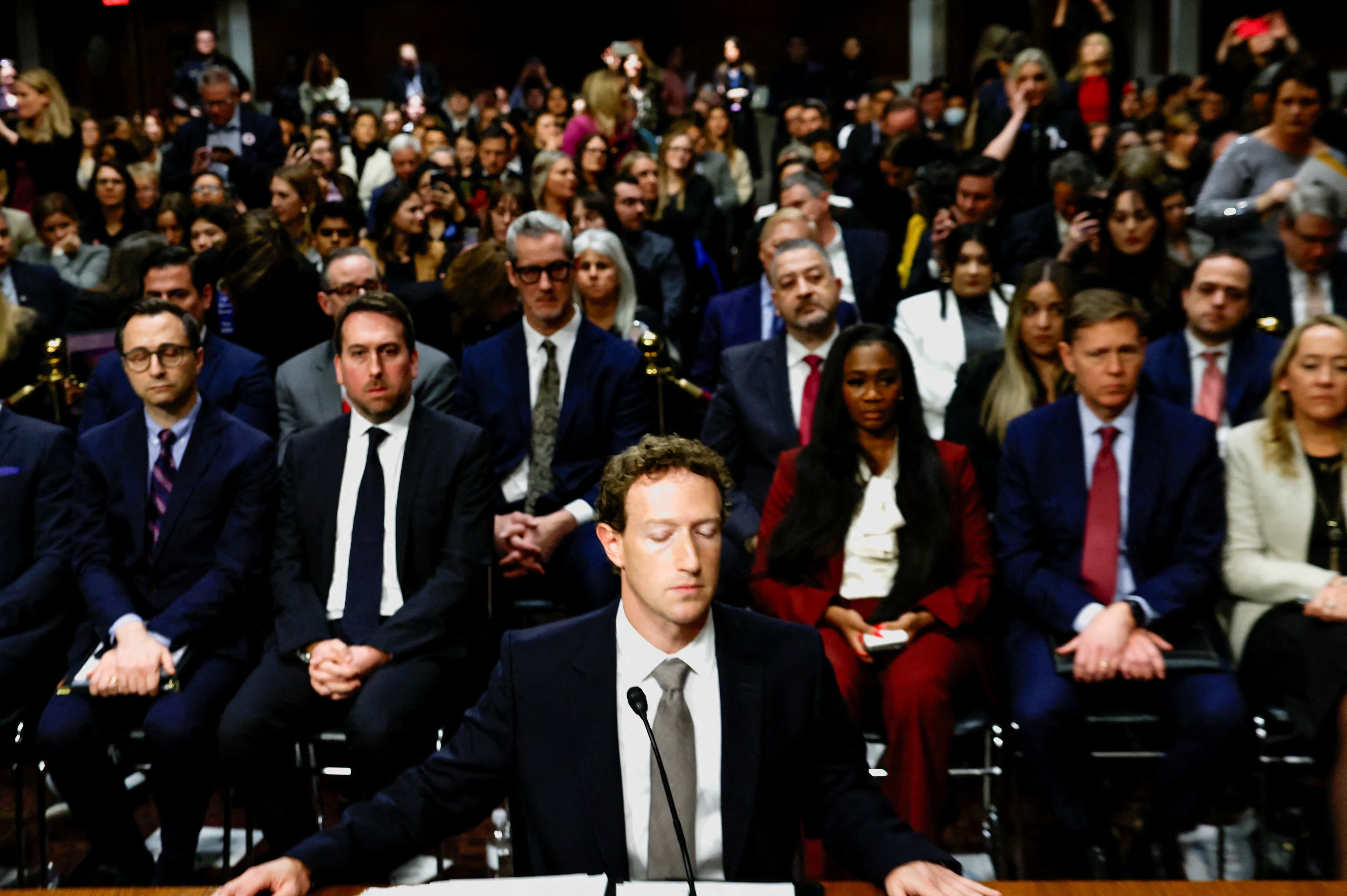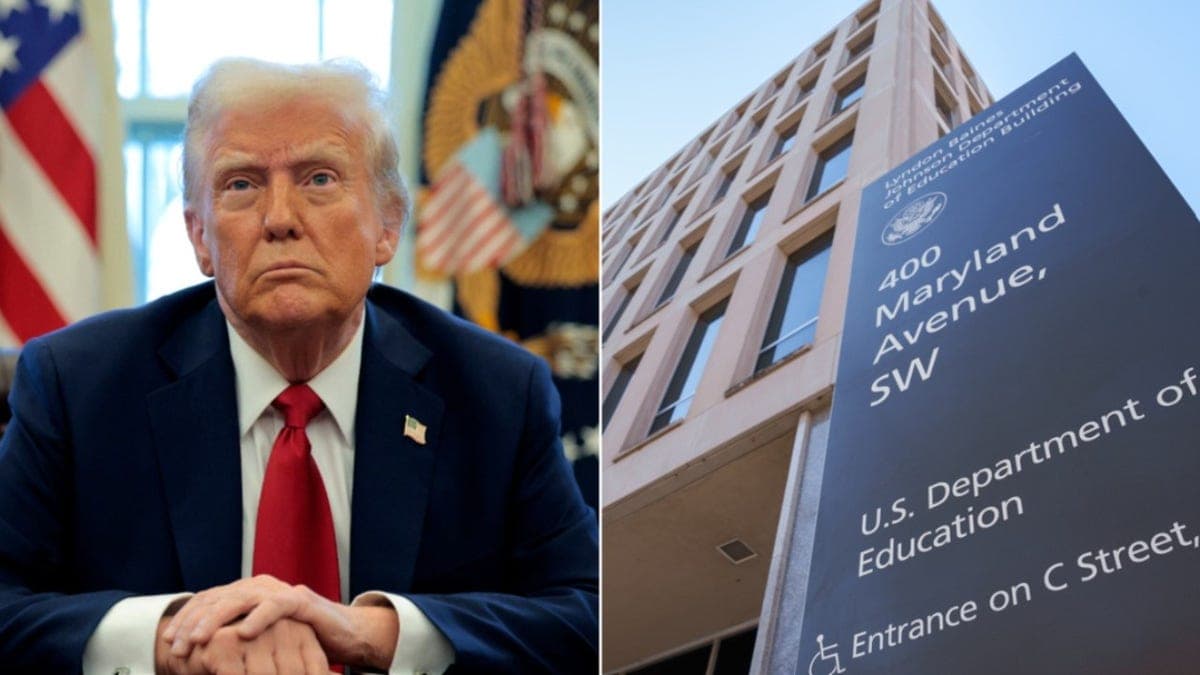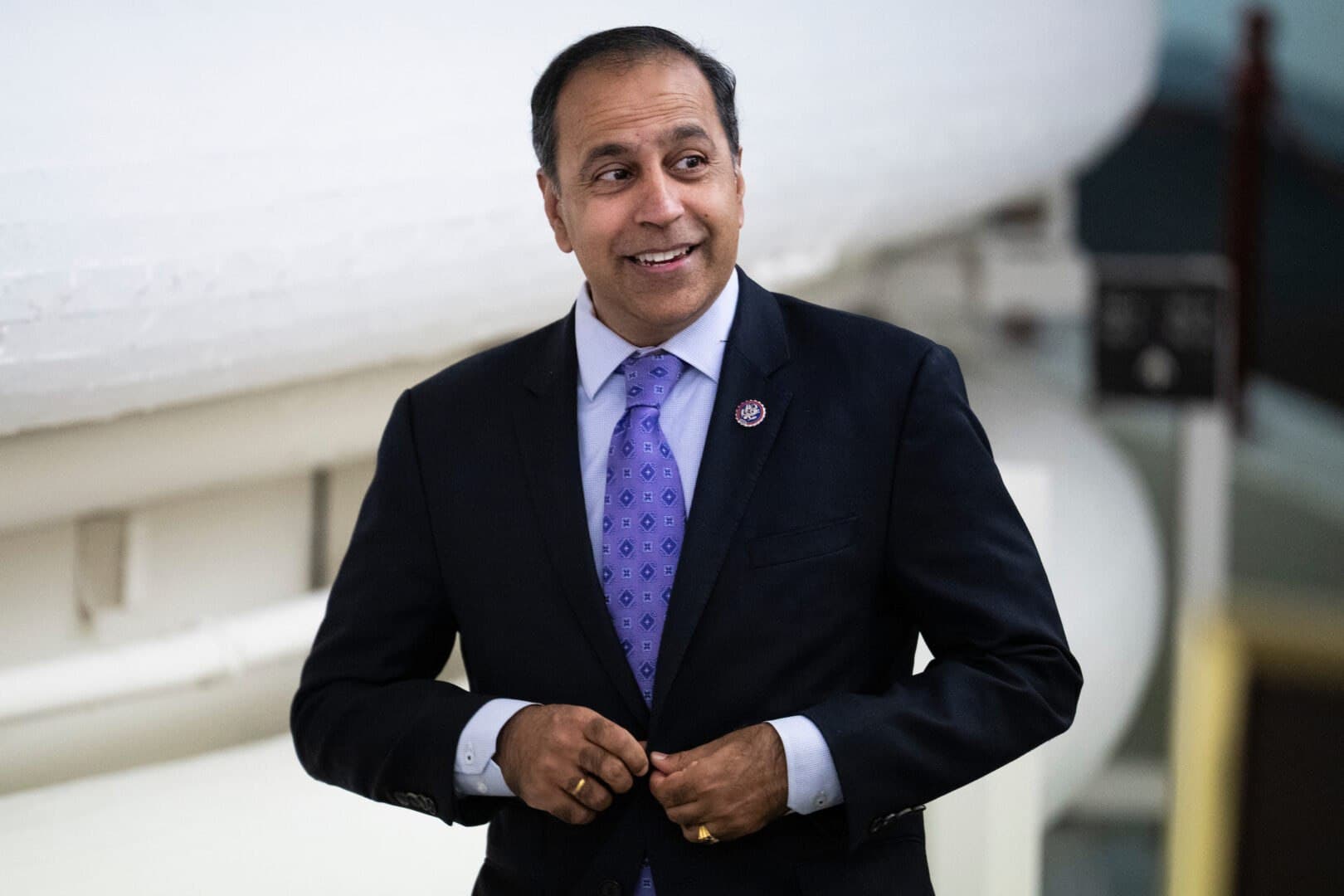Republican Proposal Caps Student Loans at $200,000
A shocking new proposal from Senate Republicans threatens to cap federal student loans for medical school at $200,000, vastly below the actual costs that students face. As reported by The New York Times, the median cost of attending medical school for the class of 2025 is approximately $286,454 for public institutions and a staggering $390,848 for private schools. With this new cap, aspiring physicians from low-income backgrounds will find themselves in an impossible situation.
Long-Term Impact on Healthcare Workforce
The ramifications of this plan extend beyond individual students. Experts are sounding alarms that such drastic cuts to loan availability could exacerbate the existing physician shortage in the U.S., which the Association of American Medical Colleges projects could reach up to 86,000 by 2036. According to Harvard Medical School, the average graduating debt incurred by MD students in 2024 was $118,957, highlighting the untenable financial burden students already face. Reducing federal loan options will likely push students into the arms of private lenders, which often require co-signers and offer interest rates that can be significantly higher.

April 25, 2024 - US university protests | CNN Business
Disproportionate Impact on Marginalized Communities
The proposed caps will disproportionately impact first-generation college students and those from low-income families. Medical schools like Burrell College of Osteopathic Medicine report that over 80% of their students rely on the federal Grad PLUS program, which Republicans aim to eliminate. John L. Hummer, the college president, emphasized that many of these students lack co-signers for private loans, further limiting their access to financial aid. As noted by David Bergman of the American Association of Colleges of Osteopathic Medicine, this trend risks entrenching existing inequities in medical education.
Medical Professionals Express Concern
Medical professionals are increasingly alarmed by the GOP"s approach. Some lawmakers, like Sen. Roger Marshall (R-Kan.), trivialize the burden of student debt, suggesting that anyone paying more than $100,000 for medical school is making a "huge mistake." This perspective fails to acknowledge the profound changes in tuition costs since the 1980s. While Marshall graduated when in-state tuition was around $4,696, today"s students face tuition that has skyrocketed 81% in the last two decades alone. Healthcare advocates argue that capping loans will not lead to lower tuition but will instead deter students from entering primary care fields that are already critically understaffed.

Tech CEOs told "you have blood on your hands" at US Senate ...
Potential Alternatives Being Ignored
While the GOP proposes these harmful cuts, some Democrats and even former Trump administration officials are advocating for more constructive solutions. Rep. Lois Frankel (D-Fla.) recently urged Education Secretary Linda McMahon to explore programs that assist students in completing their healthcare-related degrees. There is a growing recognition that instead of limiting opportunities, Congress should be expanding them to ensure that the healthcare workforce reflects the diversity and needs of the population.
With the current trajectory of healthcare legislation, the dream of becoming a physician may become an unattainable goal for many students who lack financial backing. As the nation grapples with an escalating healthcare crisis, it is crucial that lawmakers prioritize equitable access to education and healthcare, rather than imposing more barriers that will ultimately harm the very communities they claim to support.



![[Video] Melania Trump announces 'Fostering the Future' coalition for children](/_next/image?url=%2Fapi%2Fimage%2Fthumbnails%2Fthumbnail-1758651072588-1ocsgj-thumbnail.jpg&w=3840&q=75)




![[Video] More videos of ANTIFA activities emerge in Giessen](/_next/image?url=%2Fapi%2Fimage%2Fthumbnails%2Fthumbnail-1764454862523-wtbpg5-thumbnail.jpg&w=3840&q=75)